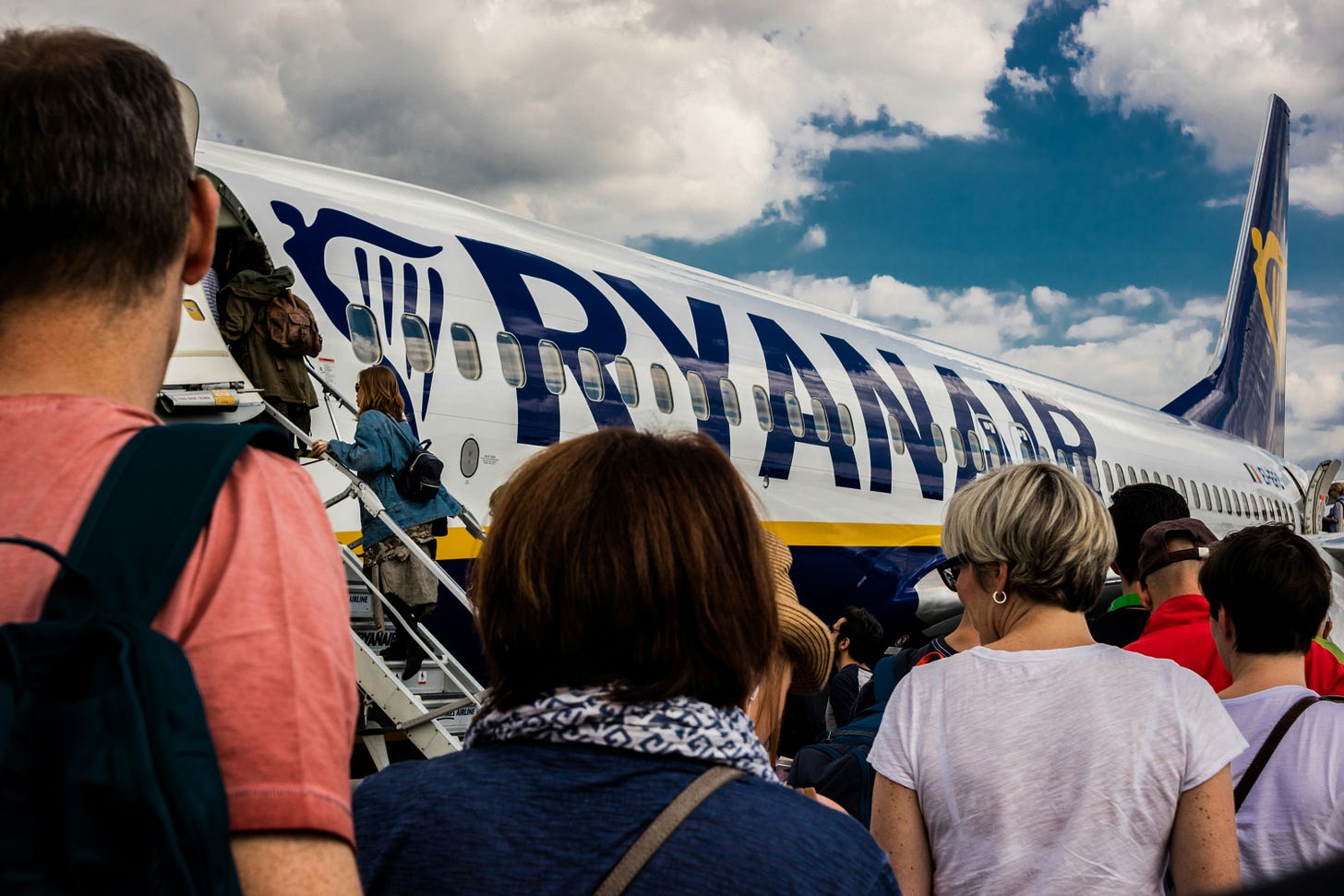The Low-Cost Dilemma
We all use them. We all hate them. But are we finally ready for something different?
Ask any digital nomad and they’ll admit it: budget airlines are like fast food. Cheap, always there when you need them, but rarely satisfying.
We all use them. We all curse them. From carry-on baggage anxiety to 4 a.m. boarding calls, we've built an entire lifestyle around squeezing freedom into a 45x36x20 cm bag. They’ve enabled spontaneous escapes, rem…




